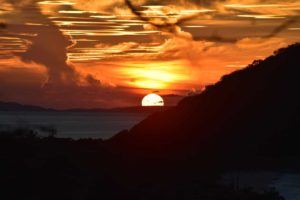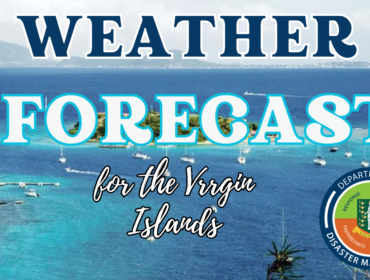Thursday, April 11th 2013 -Predictions released today by the Colorado State University’s leading forecasters, Professor William Gray and Phil Klotzbach, call for enhanced activity due to the warm tropical Atlantic waters and the lack of an El Nino.
The forecasts, which have been issued for the past 30 years, estimate that 2013 will have more activity than the median 1981-2010 seasons. They estimate about 9 hurricanes, 18 named storms, 95 named storm days, 40 hurricane days, 4 major hurricanes and 9 major hurricane days. The probability for one major hurricane tracking into the Caribbean is 61% (average for the last century is 42%).
The predications indicate that significant warming has occurred across the tropical Atlantic during the past two months and the El Nino atmospheric force that inhibits storm formation is not likely to emerge this season which runs from June 1 to November 30.
Coastal residents are being warned that it only takes one hurricane making landfall to make it an active season for them, and they need to prepare the same for every season, regardless of how much activity is predicted.
Other forecast models are indicating the lighter than normal trade winds will occur across the Caribbean Sea and tropical north Atlantic which can help to influence the spinning up of storms and increase intensity. In addition, experts believe that hurricane activity will shift back to the traditional paths seen in 2004 and 2005 with hurricanes tracking further south.
The DDM supports the warnings issued by the Colorado State University, and urge Virgin Islanders to begin preparing early for the 2013 Atlantic Hurricane Season. General preparedness tips can be found on the DDM’s website at www.bviddm.com or interested persons are welcome to visit our office at #3 Wailing Road, McNamara.
The team at Colorado State University will refine their forecast in June and again in early August.
Note to Public: El Nino – A change in Pacific currents: a periodic change in the currents of the Pacific Ocean that occurs every five to eight years and brings unusually warm water to the coast of northern South America. It often leads to severe climate disruption to countries in and beside the Pacific.
It is better to prepare and prevent rather than repair and repent. S. Thomas 1856 ###



